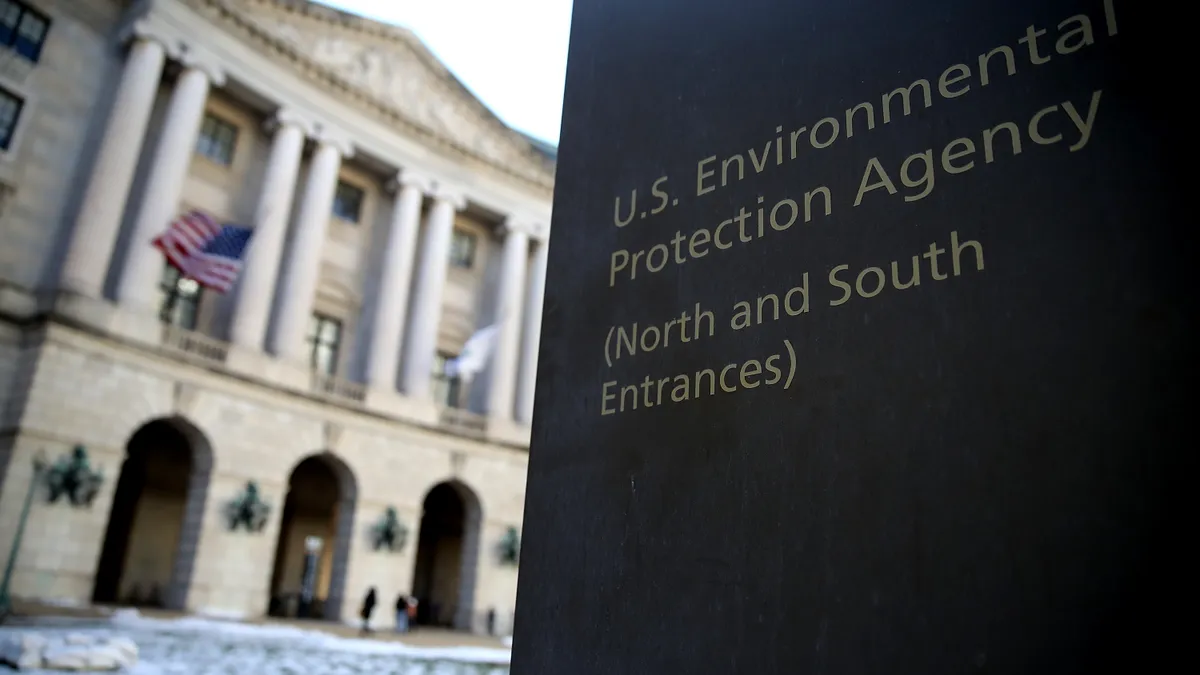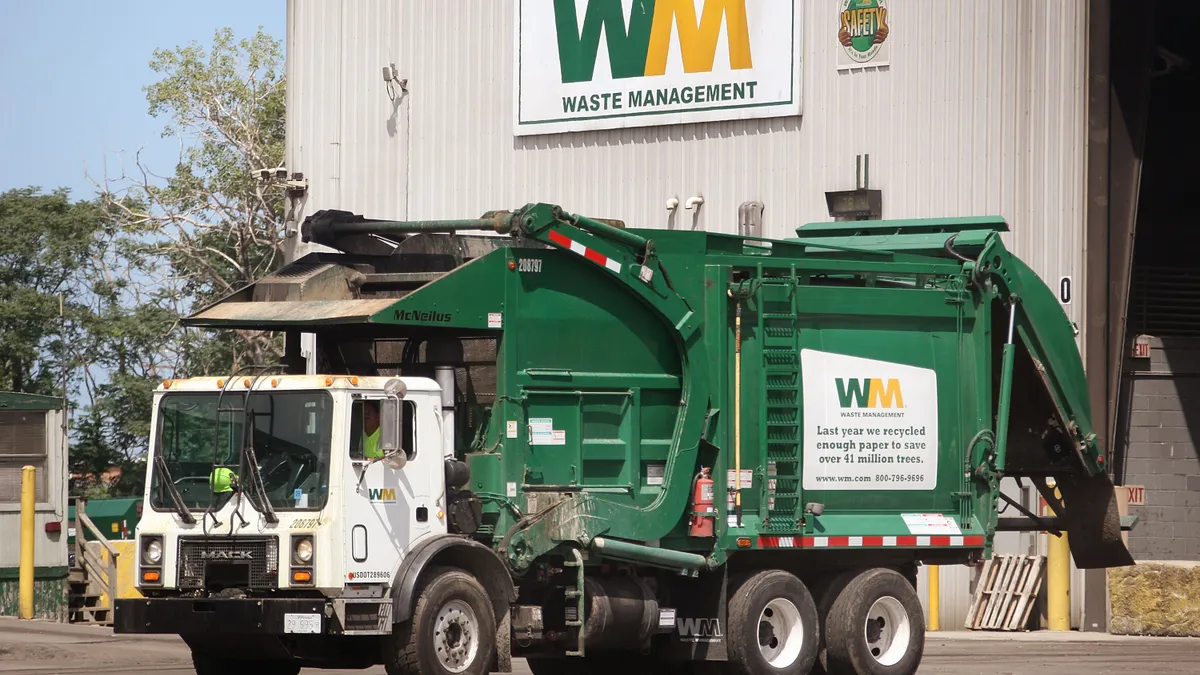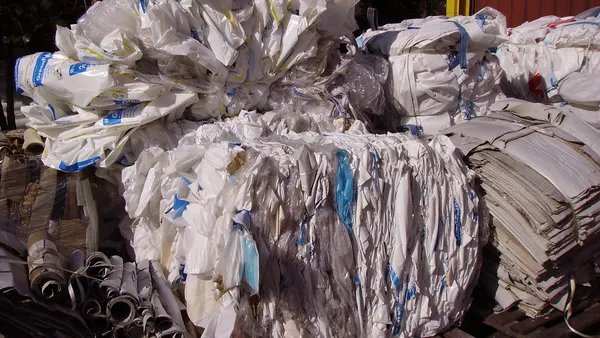The U.S. EPA has made slow but steady progress on recycling and waste initiatives in the year since it published its National Recycling Strategy and received millions in funding from last year’s infrastructure law, officials said during the recent National Recycling Congress conference.
Nena Shaw, acting director of the EPA’s resource conservation and sustainability division, spoke during the virtual conference keynote about the agency’s progress on the National Recycling Strategy, a master plan meant to guide the country toward a 50% recycling rate by 2030 and tackle larger themes of climate change, environmental justice and circular economy initiatives.
She also gave updates on anticipated grant funding from the Infrastructure Investment and Jobs Act and previewed 2023 priorities for battery recycling and data collection projects as well as opportunities to solicit feedback.
“It's so important that we have dialogue across the U.S., including the states, localities and industry. It will take all of us to work on these issues,” Shaw said.
Infrastructure grant funding still on the way despite “final hurdles”
The application process to receive long-awaited grant funding for recycling infrastructure and education funded by the Infrastructure Investment and Jobs Act has not yet opened despite the EPA last estimating the process would start in September. “I am hopeful that we will get the grants out soon,” Shaw said during the NRC event, but she added the agency is going through “final hurdles” before making the funding available.
The infrastructure grant program will provide $275 million to states, territories and tribal governments for projects like municipal recycling program improvements and upgrades to local waste management systems. The recycling education and outreach grant, meant to improve residential recycling, authorizes up to $15 million per year in recycling education grants through 2026.
Many recycling stakeholders are eager to apply for funding and see the grants as a sign that the Biden administration values making recycling and waste improvements.
More public input needed for battery labeling project
The EPA is making progress on its plan to compile best practices for reducing improper battery disposal and increasing access to safe collection, a project the agency says will also help the U.S. more effectively recycle batteries into new products. The EPA began the process with stakeholder engagement sessions over the summer and must deliver the best practices report by Nov. 15, 2023. It received $10 million from the infrastructure law for the project.
The infrastructure law also allocates $15 million to develop voluntary labeling guidelines for batteries by Sept. 30, 2026. Shaw said stakeholder engagement for this project is expected to take place in the coming year, likely including sessions at the Consumer Electronics Show in January, and could include discussions about the audience for such labels: manufacturers, consumers or end-of-life handlers.
Creating a solid plan for managing batteries is becoming increasingly important as demand is expected to triple by 2030, particularly for electric vehicle batteries but also for consumer and other lithium-ion battery types, Shaw said.
The EPA also is coordinating its battery-related efforts with the Department of Energy, which received $335 million in funding for lithium-ion battery recycling through the infrastructure law.
Recycling data collection report could shed light on gaps in reporting across the country
The EPA is also close to releasing a report detailing how states collect recycling data, which Shaw said will show that states and localities need more resources to collect recycling data or improve on current methods. The report could also give insight into what types of data are currently being collected and what gaps remain. About 54% of states that responded to an EPA survey said they do not track the total amounts of materials collected in residential curbside recycling programs, she said.
“This is great information for us as we think about how we can support states and localities in this work,” Shaw said.
Separately, a high-profile bill in Congress, the Recycling and Composting Accountability Act, calls for better recycling and waste-related data collection. The bill passed the Senate in July as part of a package with the Recycling Infrastructure and Accessibility Act, which aims to improve rural access to recycling infrastructure. The two bills have garnered attention for their bipartisan support and could still pass in the House in 2022.
Plastic and food waste reports “coming soon”
Shaw previewed two more reports related to the National Recycling Strategy, which she said were coming “soon”: one on food loss and waste and another on plastic. The reports were first announced last year, when EPA Administrator Michael Regan promised “subsequent strategies” that would delve deeper into specific materials management systems the main recycling strategy did not cover. Shaw did not give a specific timeline or detail the scope of each report, but she said both topics are critically important to the waste and recycling industry.
About a third of all food produced in the U.S. goes uneaten, said Shaw. This constitutes a quarter of municipal solid waste in landfills and contributes to methane emissions, Shaw said. At the same time, she said, plastic use is expected to increase rapidly in the next few years, with much of it ending up in landfills.



















